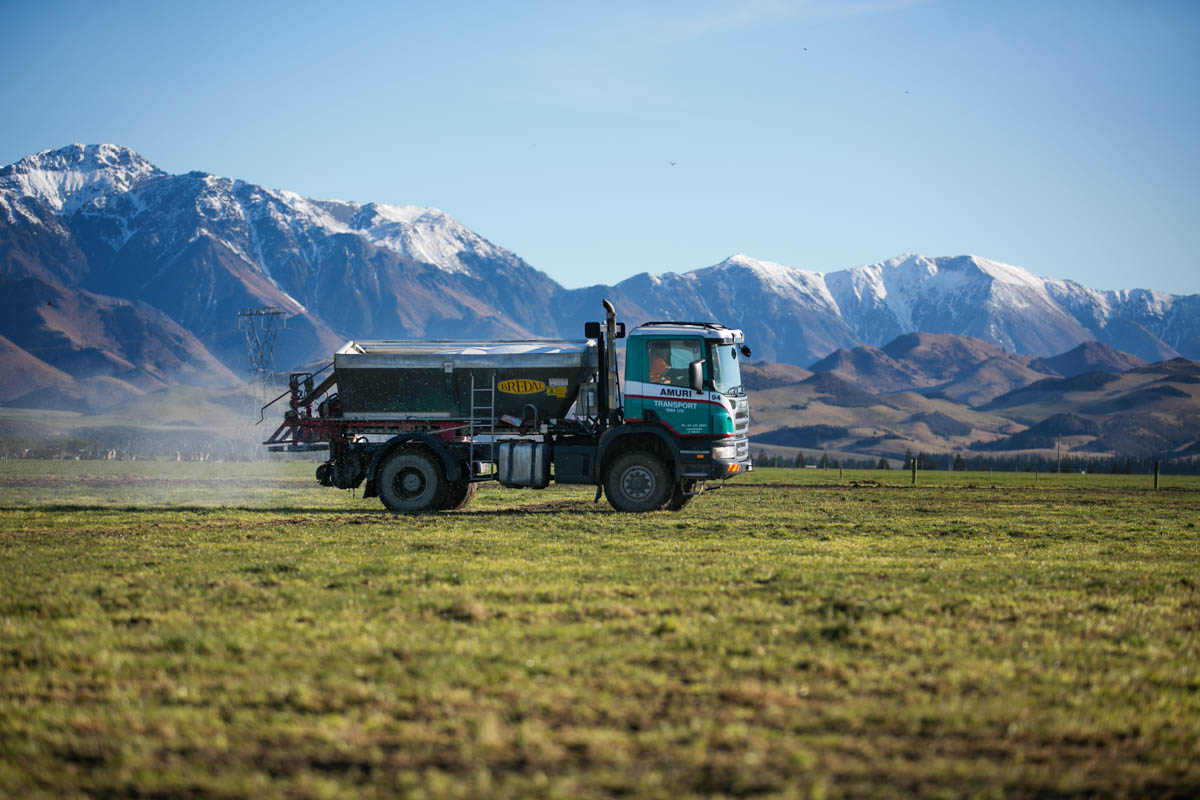Fat focus a blunt instrument
Initial analysis of data gathered through the Informing New Zealand Beef programme (INZB) progeny test has already identified some interesting trends.

Initial analysis of data gathered through the Informing New Zealand Beef programme (INZB) progeny test has already identified some interesting trends.
Massey PhD student Franzi Weik has analysed progeny test data under the supervision of Jason Archer, the programme’s lead scientist. While it is still early days in the Beef + Lamb New Zealand programme, two of the findings have been surprising.
The first is the relatively low correlation between body condition score (BCS) in cows and fat depth measurements in heifers and bulls.
Archer says they have found this correlation to be only 25%, which makes a focus on EBVs for fat a blunt instrument for indicating a cow’s ability to hold her condition through winter.
Early results suggest that it could be better to measure BCS and create an estimated breeding value (EBV) based on that as a more reliable indicator of a cow’s ability to maintain body condition during feed deficits.
The other finding was the link between sires and a heifer’s ability to get back in-calf at her second mating.
Archer says they found there was no variation between sires and a heifer’s ability to get in-calf for the first time as a yearling, but there was variation when it came to getting that heifer back in calf a second time.
“That’s the important mating because that inability to get back in calf makes for a very expensive animal.”
Early indications suggest this variation disappears once the cow moves into the mixed-age herd.
“We couldn’t see a variation between sires at that stage, but we didn’t have a lot of data at the time of analysing.”
Another factor that could have skewed these results was the AI programme used in the progeny test. R4 cows were included in this programme at their third joining and the drugs used could possibly have masked the cows’ natural fertility.
These results were generated from the original beef progeny test which was based on five herds across NZ. The programme has now moved into a new phase with some different objectives and progeny test data is now being generated on Landcorp Farming’s (Pamu) Kepler Farm near Manapouri in Southland.
While they have just been using Angus and Hereford genetics in the progeny test, Jason says the programme is now looking for a second farm to set up a progeny test, preferably in the North Island.
“This will help expand the progeny testing programme and allow us to introduce some new genetics into the mix.”
At Kepler, they are able to run Hereford and Angus cows side-by-side and undertake crosses both ways.
What they will be looking to do at the new site is to include maternal-type Simmental genetics into the mix.
While traditionally used as a terminal breed in this country, Simmental are commonly used in maternal crossbred cows in other parts of the world.
Archer says there are maternal lines of Simmental available in NZ which would be suitable for use in a maternal crossbreeding programme.
While Covid-19 has disrupted extension activities initially planned by the Informing NZ Beef programme, Archer says they are developing online workshops to be held in the lead-up to the bull buying season.
The first of these is a workshop based on the better beef breeding workshops. Numbers will be limited to allow engagement between all participants and will cover topics such as setting breeding objectives, breeder selection, using EBVs and structural assessment.
These will be followed up with a post bull-sale workshop which will focus on getting the most out of the investment in genetics.
He says one of the goals of the programme is to collect data from commercial beef enterprises as traditionally it is stud breeders who performance-record and whose data is used to generate EBVs.
- Supplied by Beef + Lamb New Zealand.




